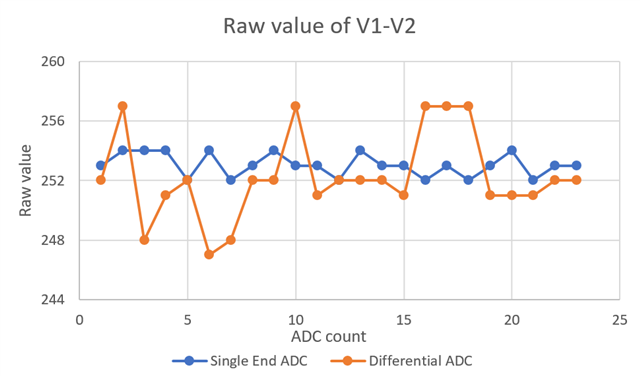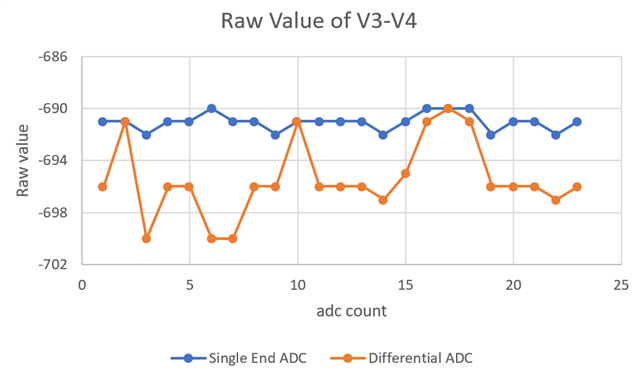I have several issues while using SAADC
1. For the same voltage, the ADC data has a large variance
2.The data of differential ADC seems to have an offset which let measure voltage is smaller than true voltage.
So my question is:
1.What can be the probable error factor for the above ADC accuracy problem?
2.Would increasing the number of oversampling improve the data variance?
3.How to calibrate the offset of differential ADC?




